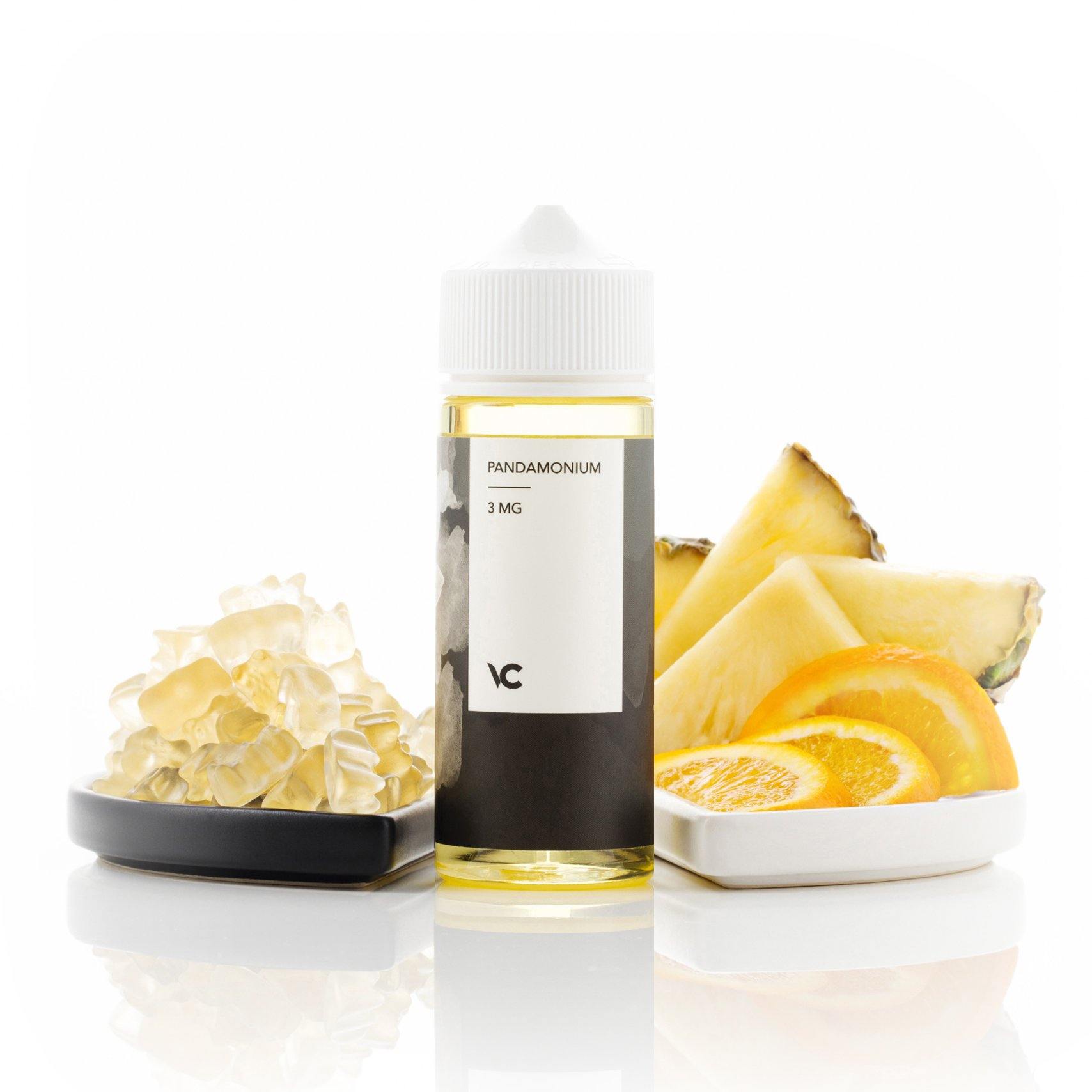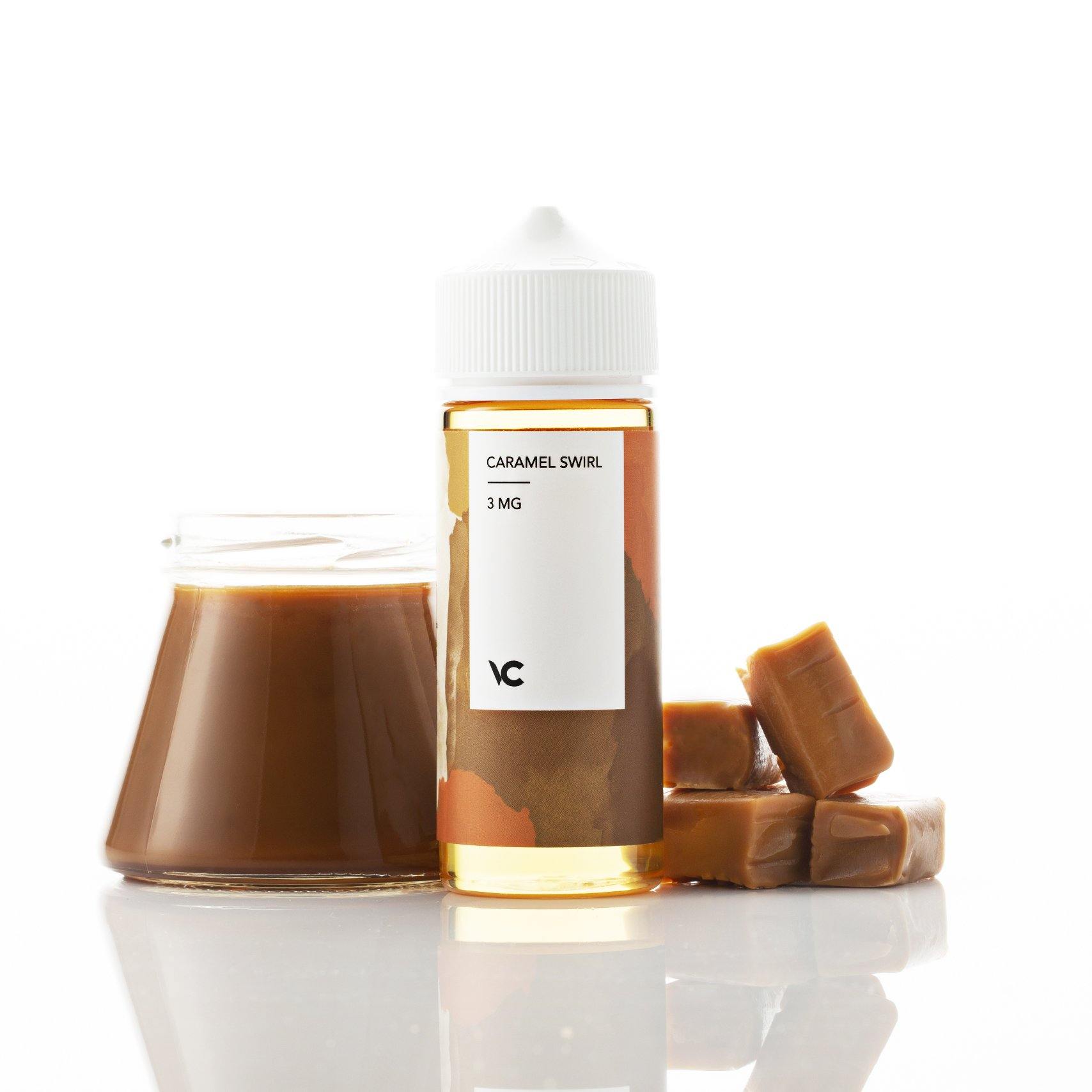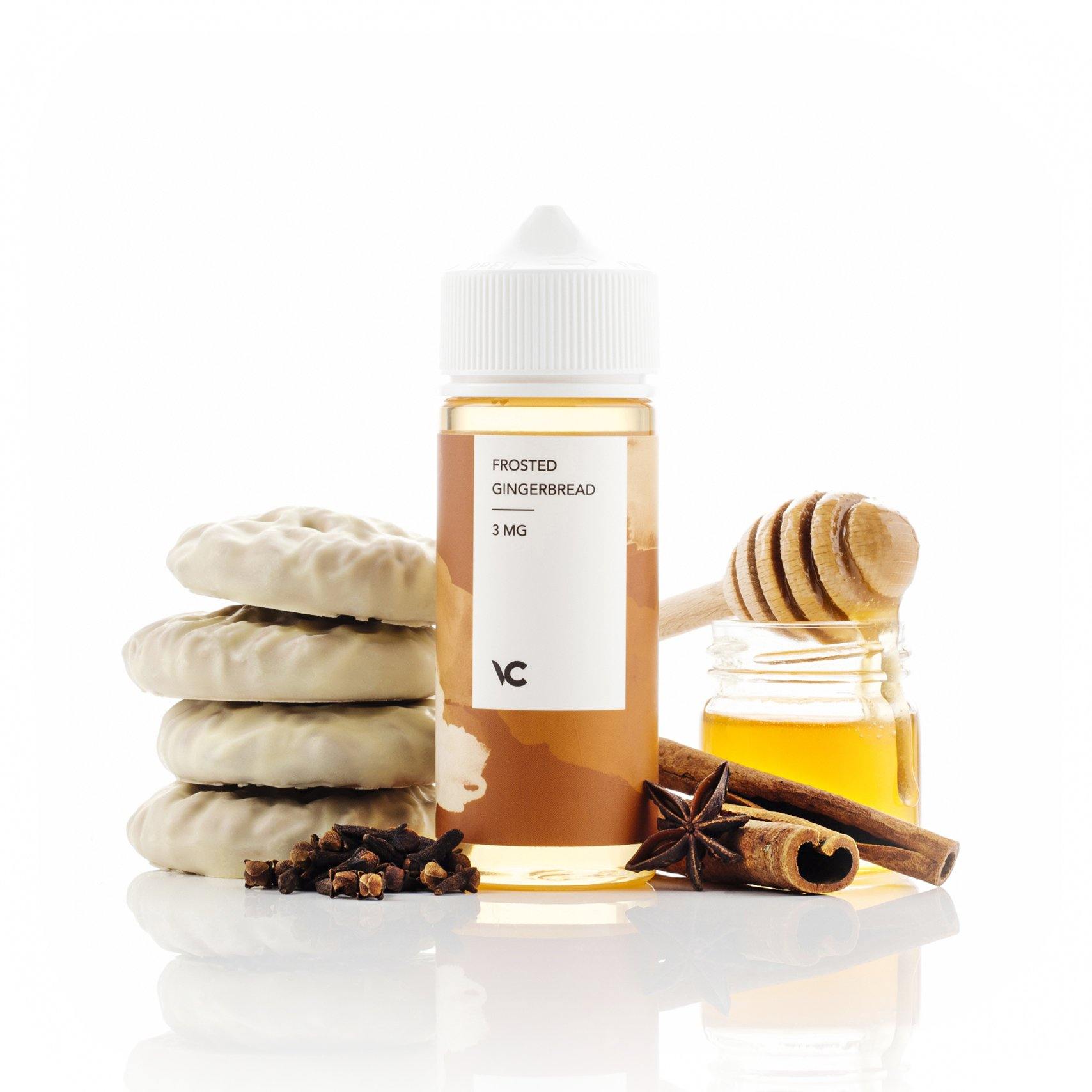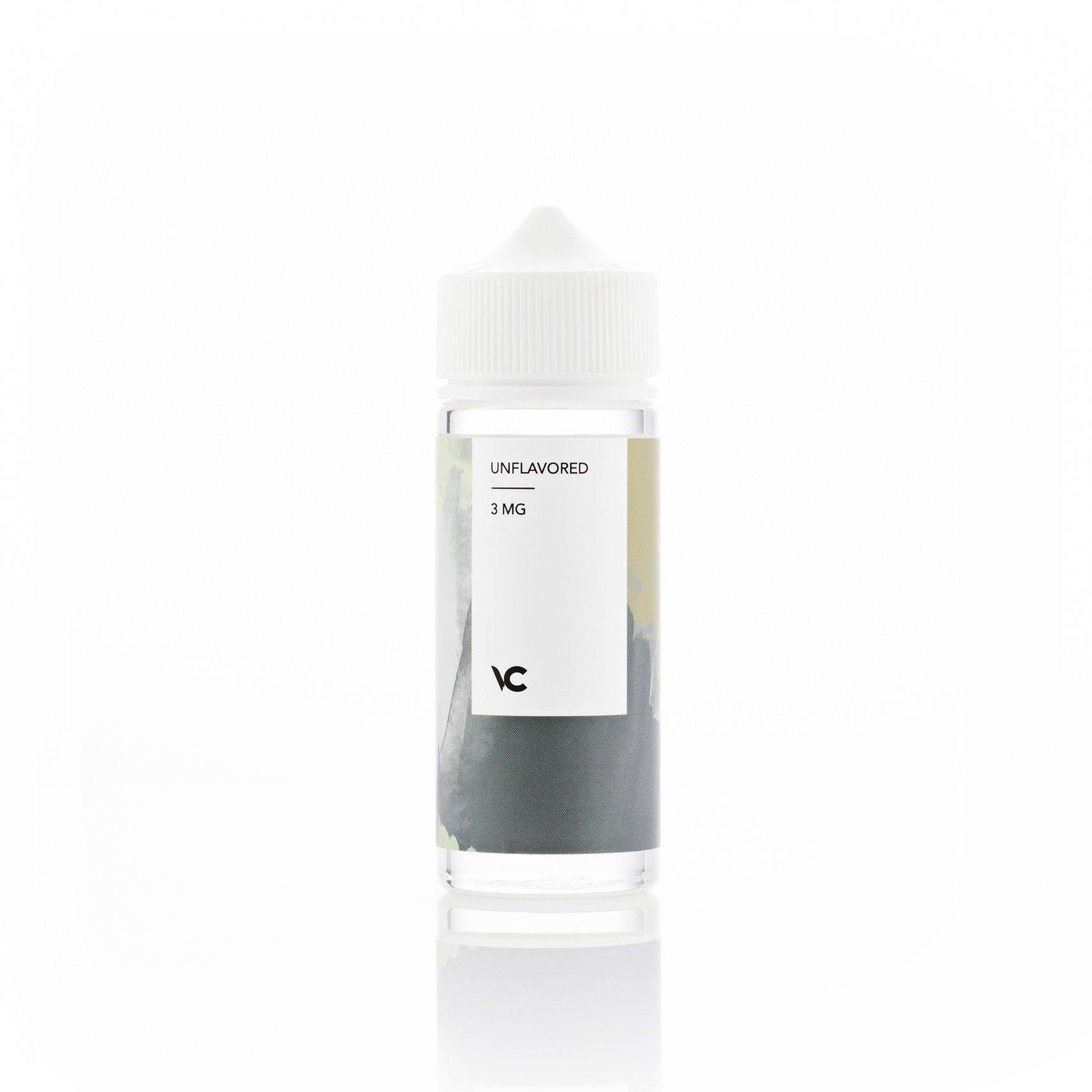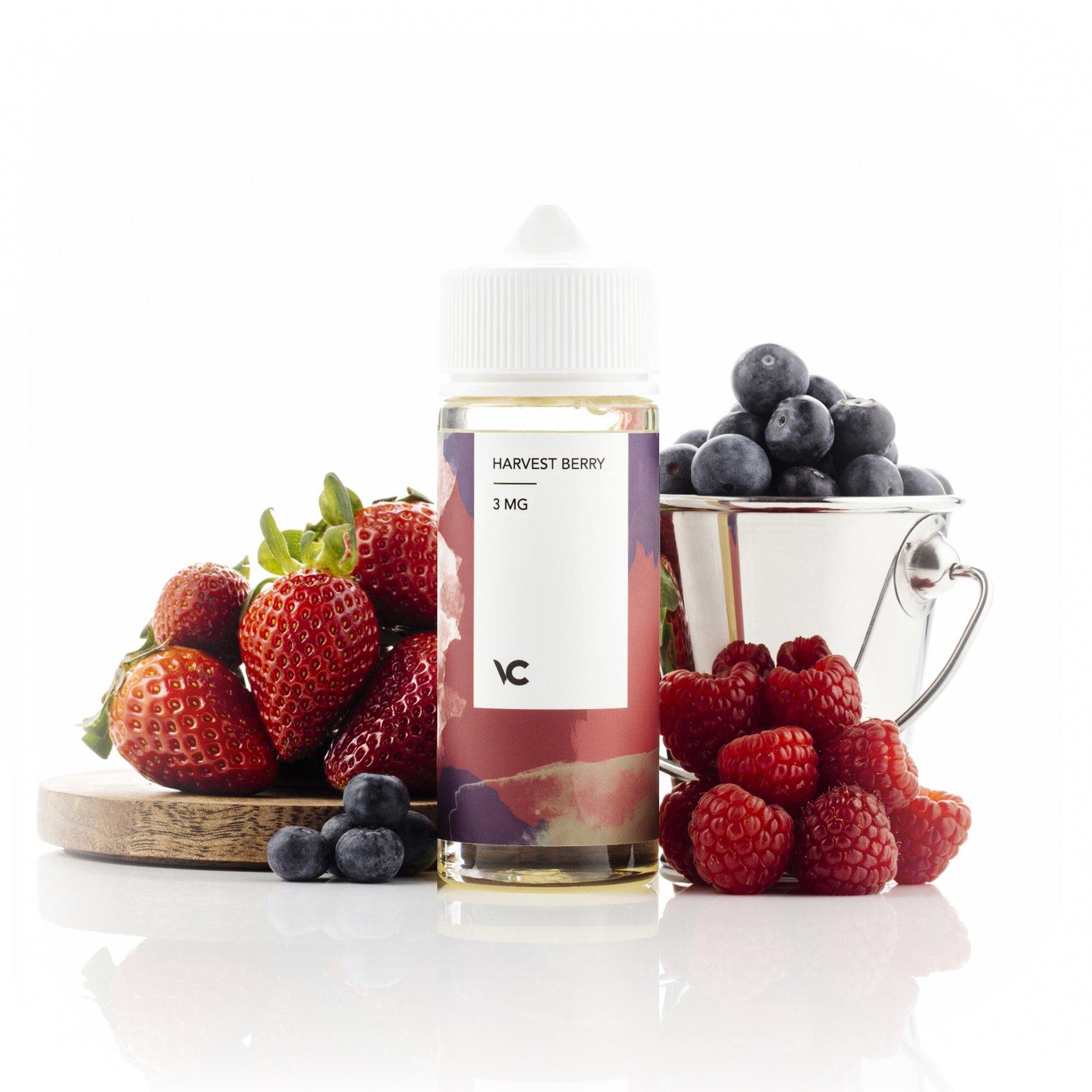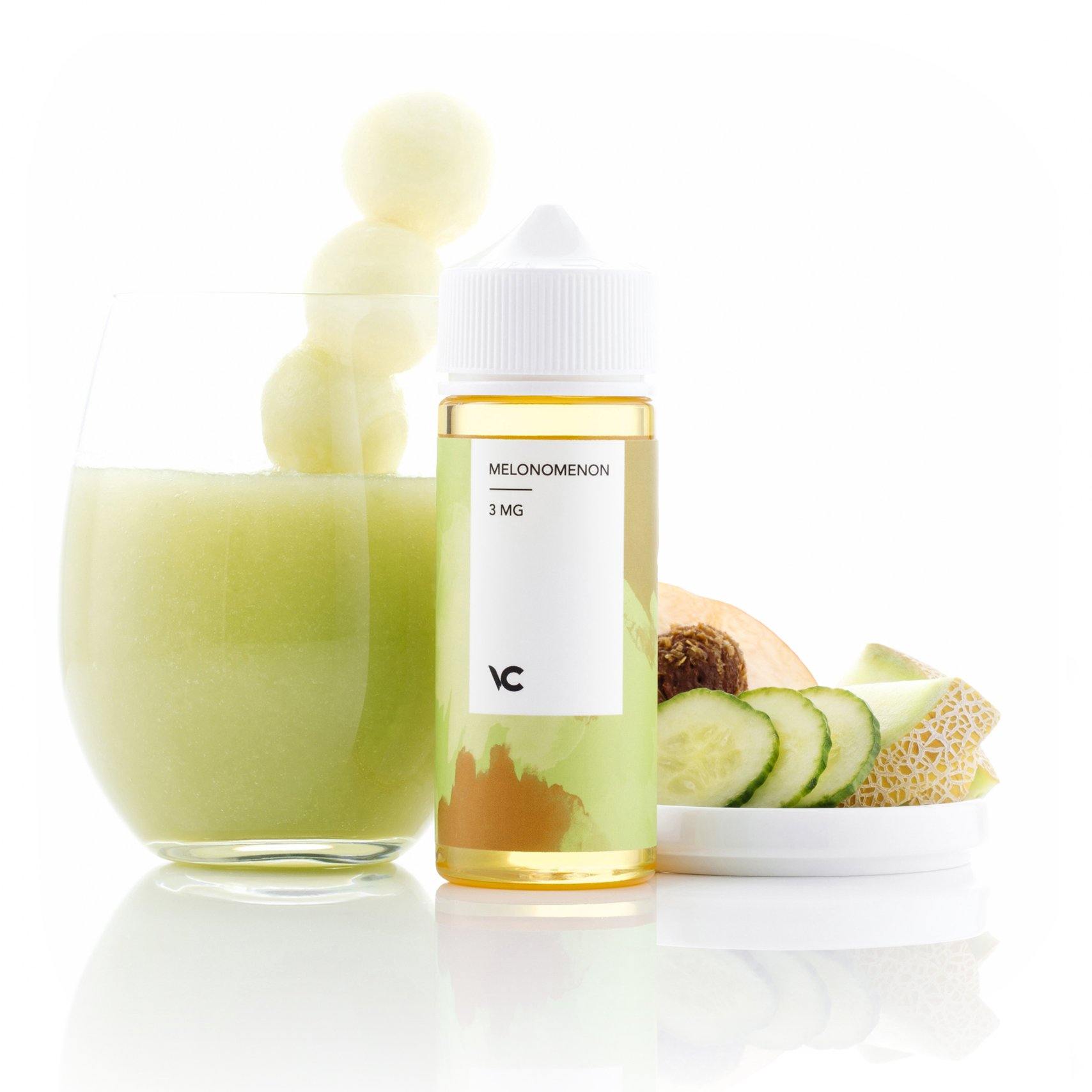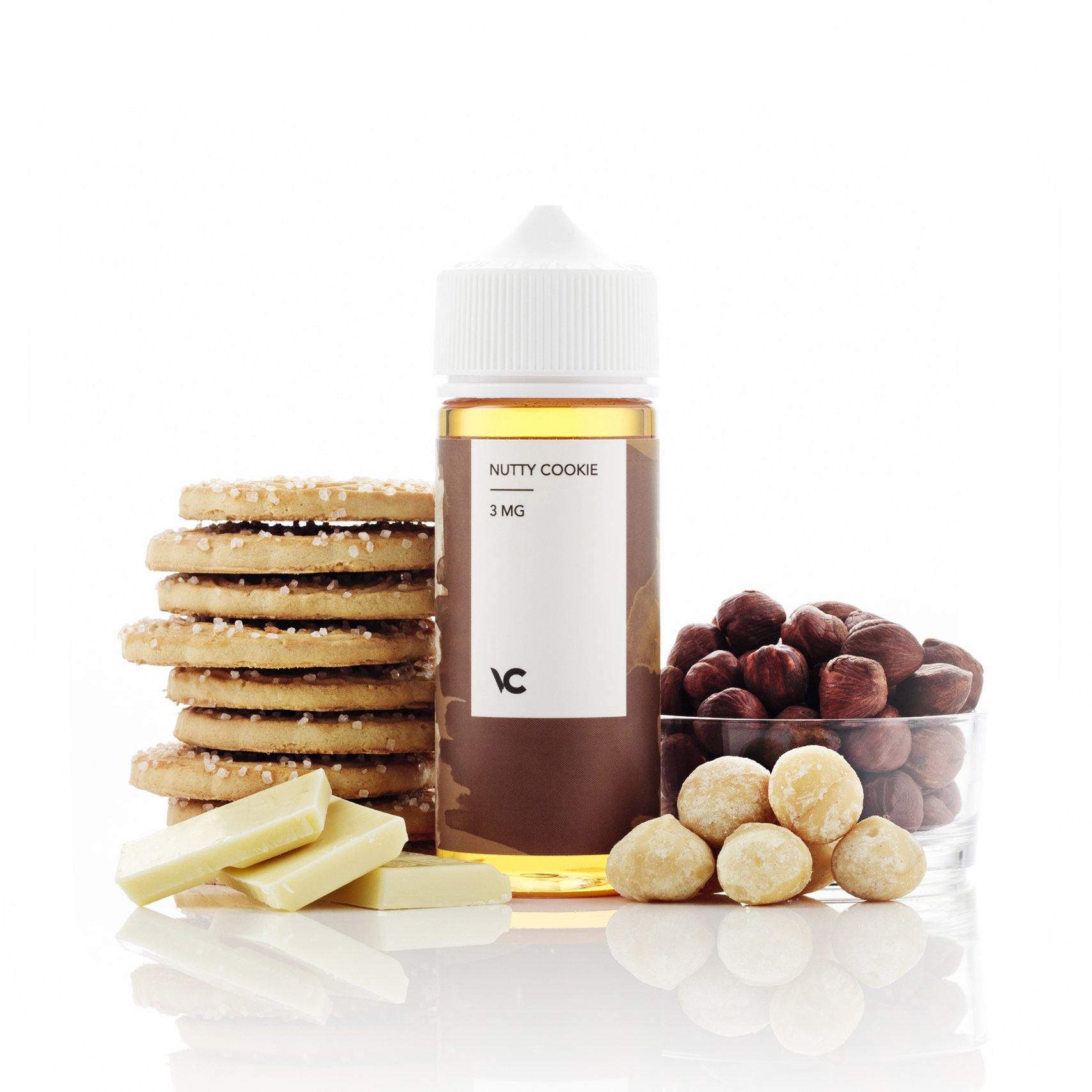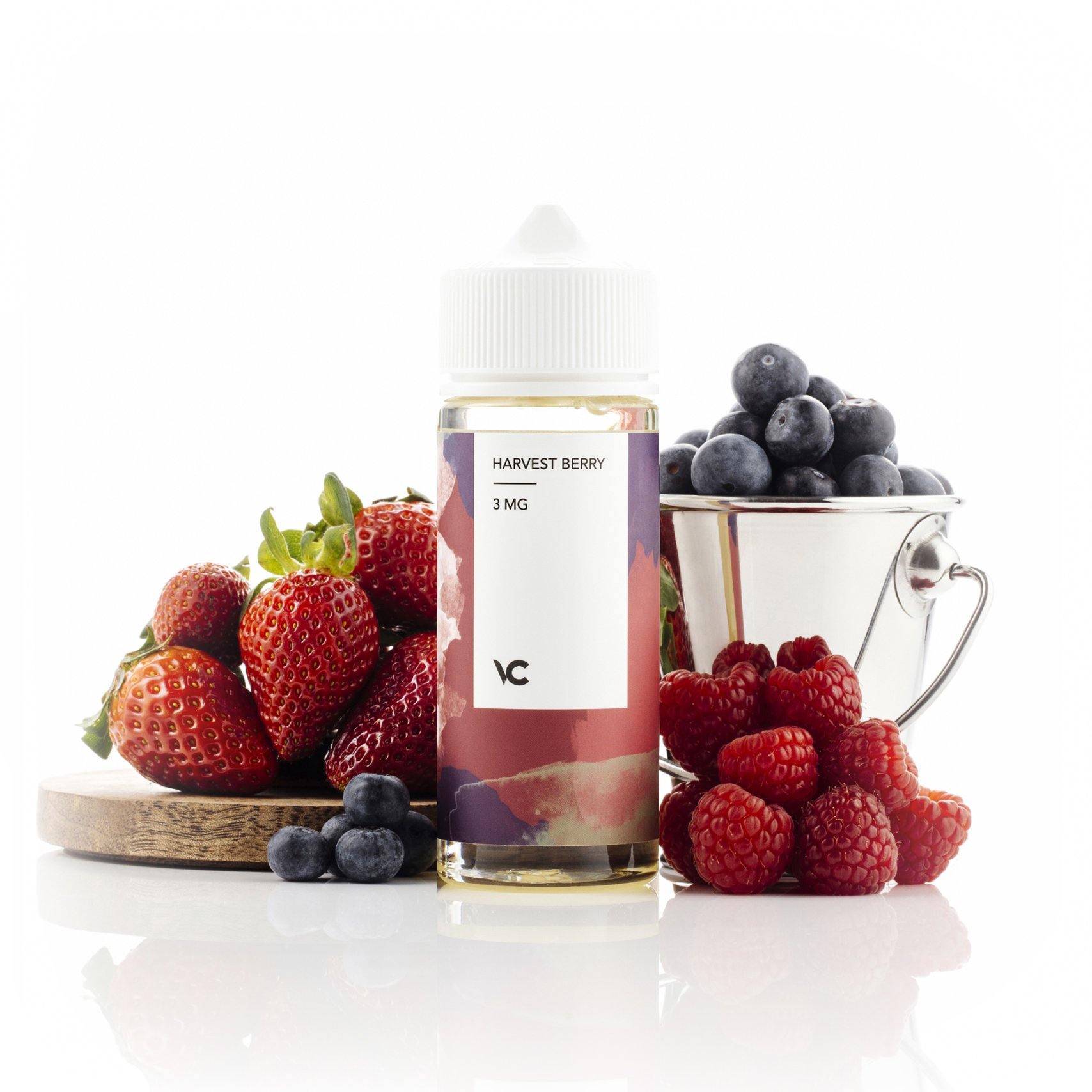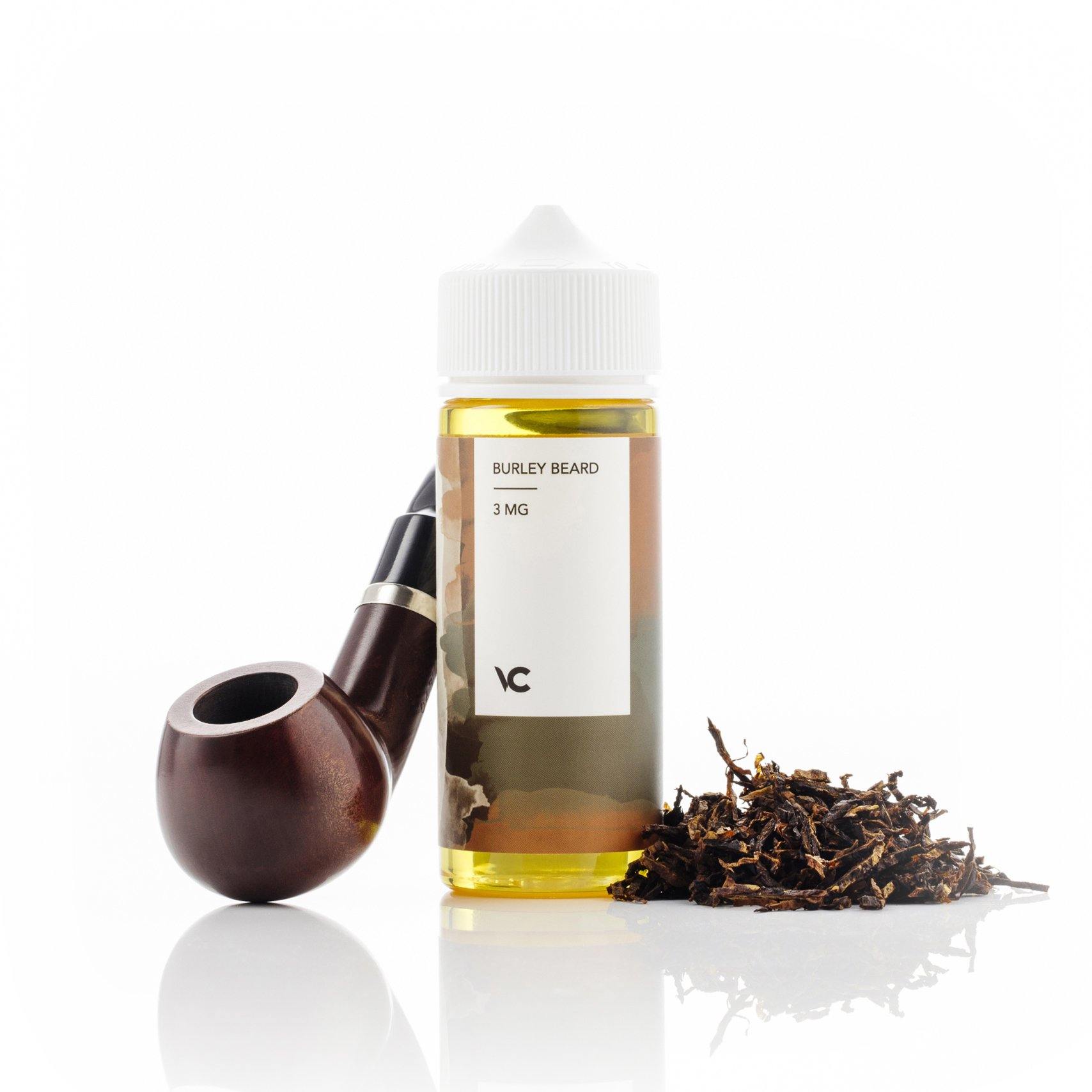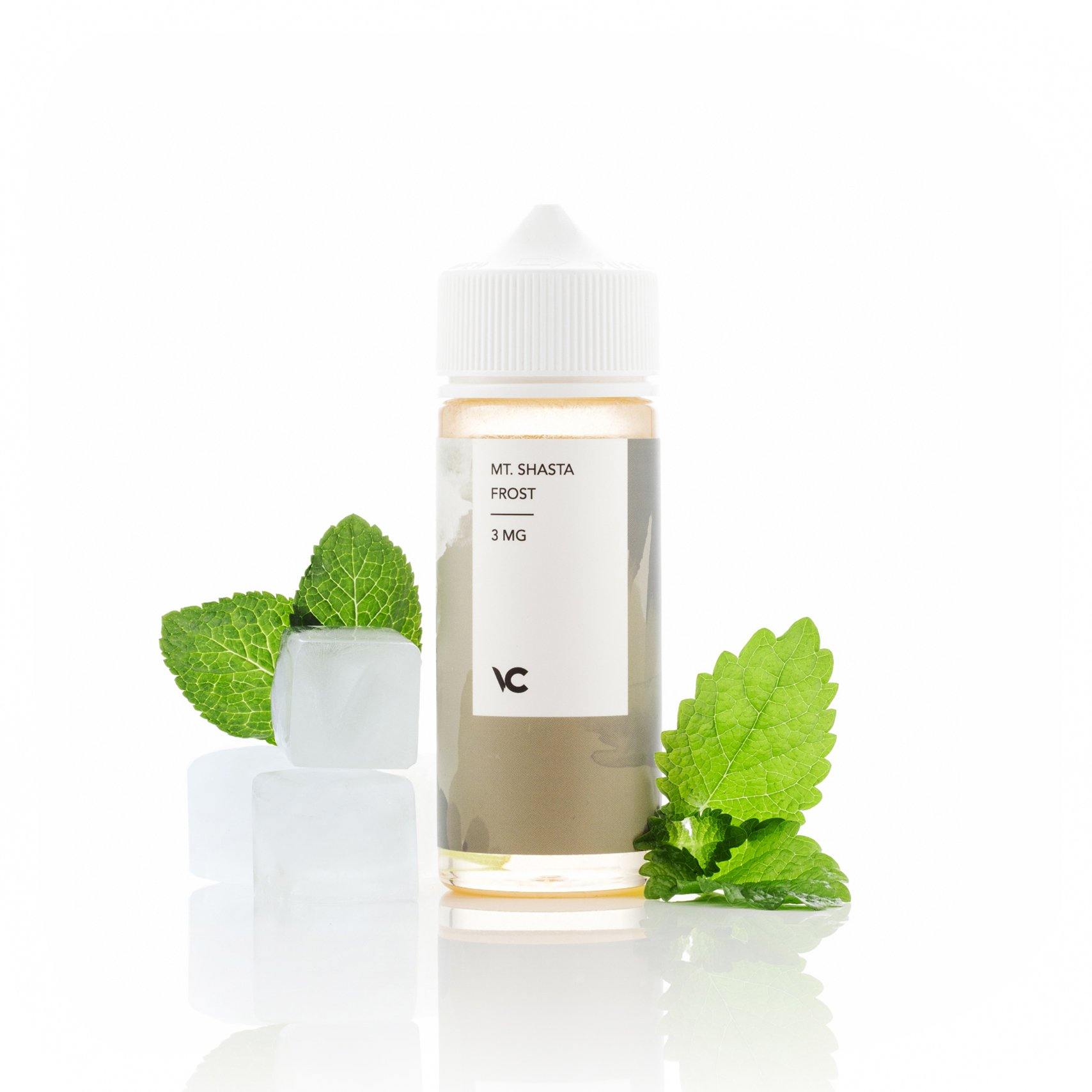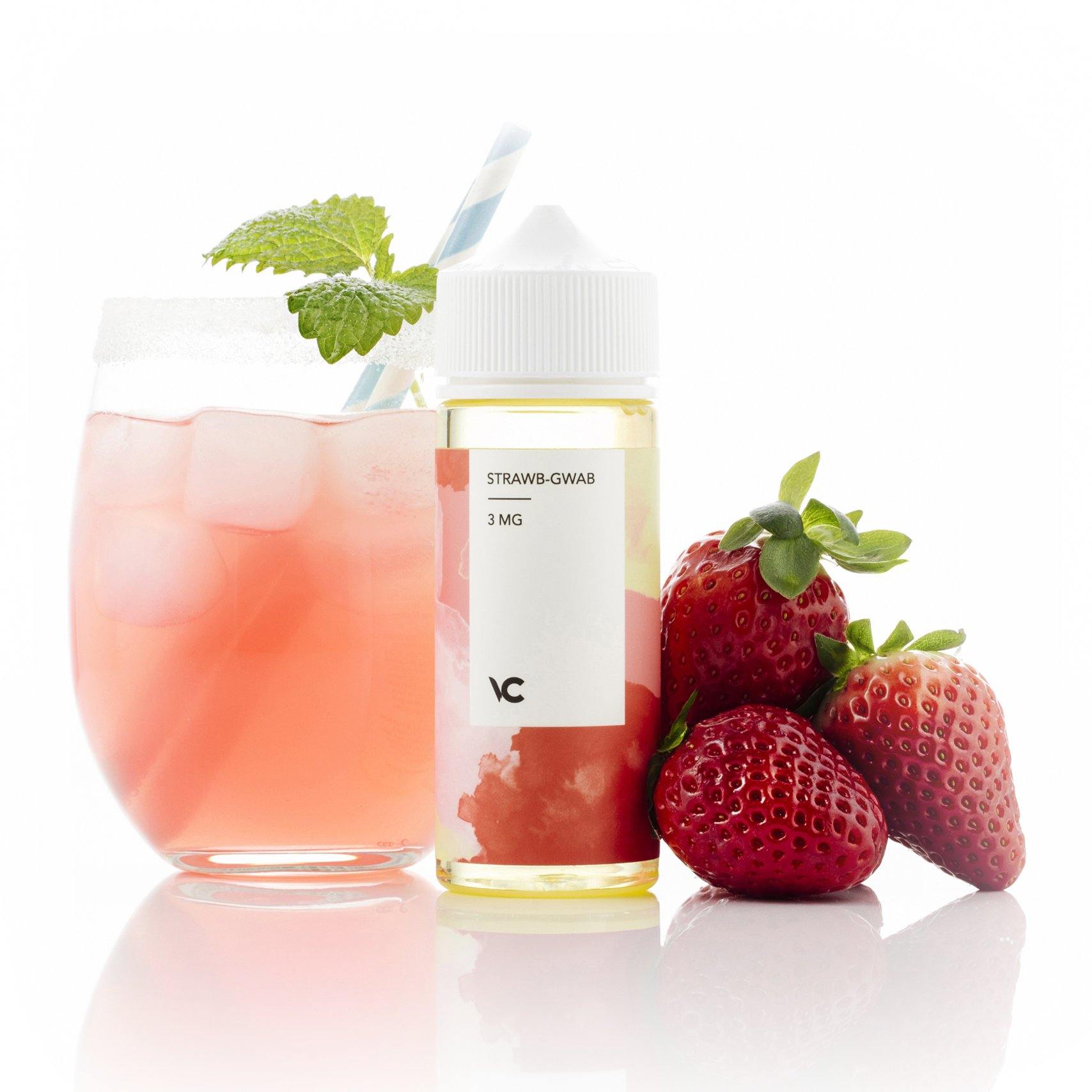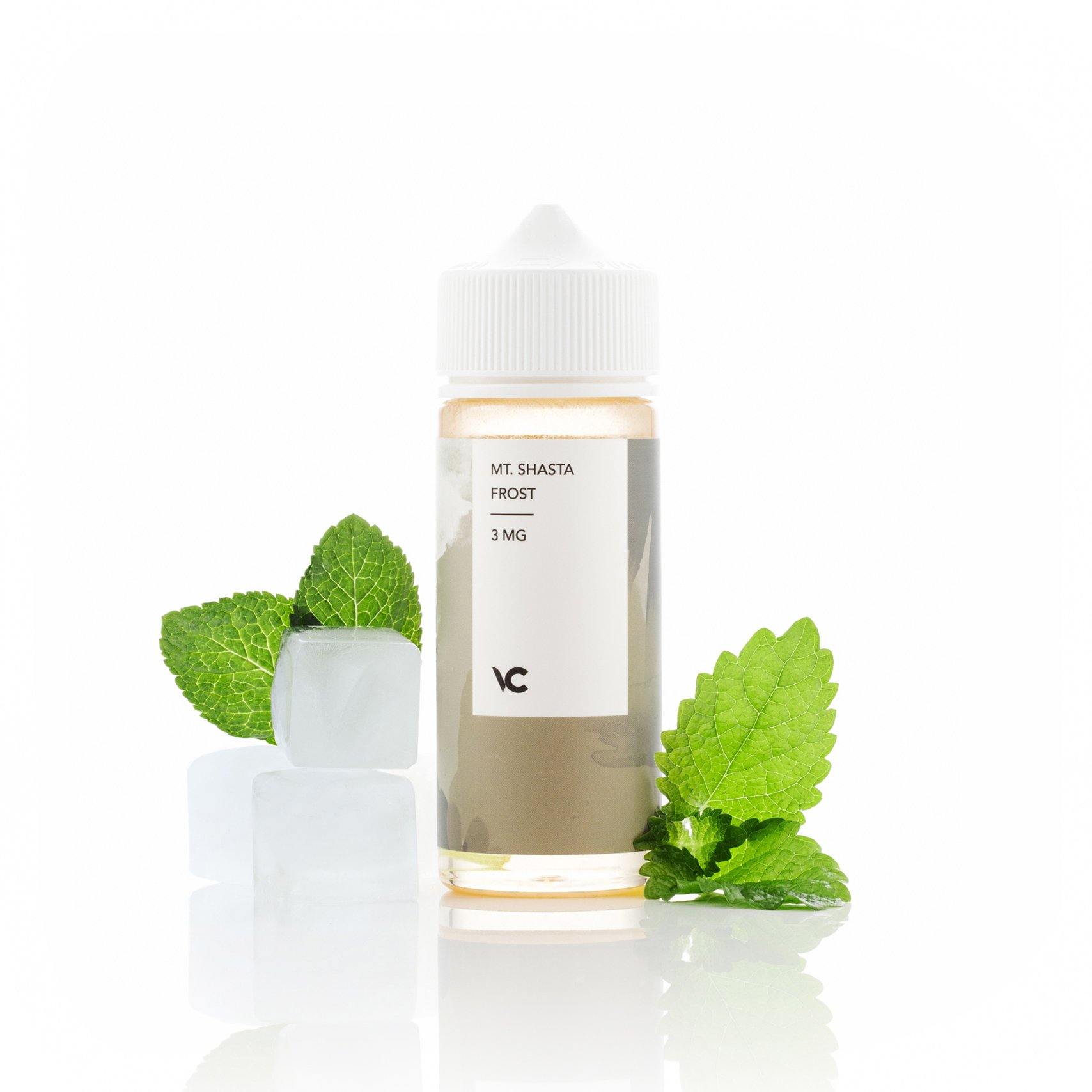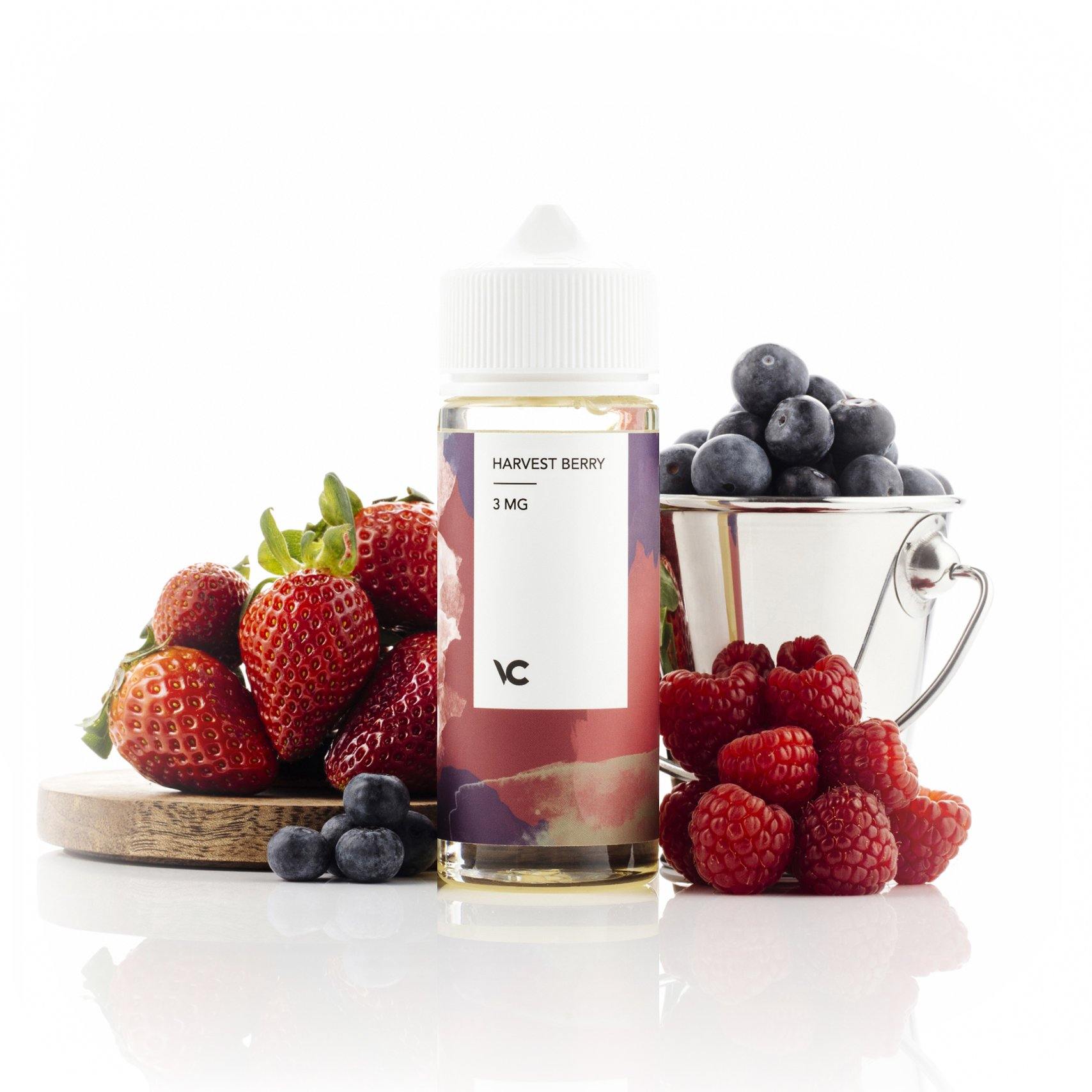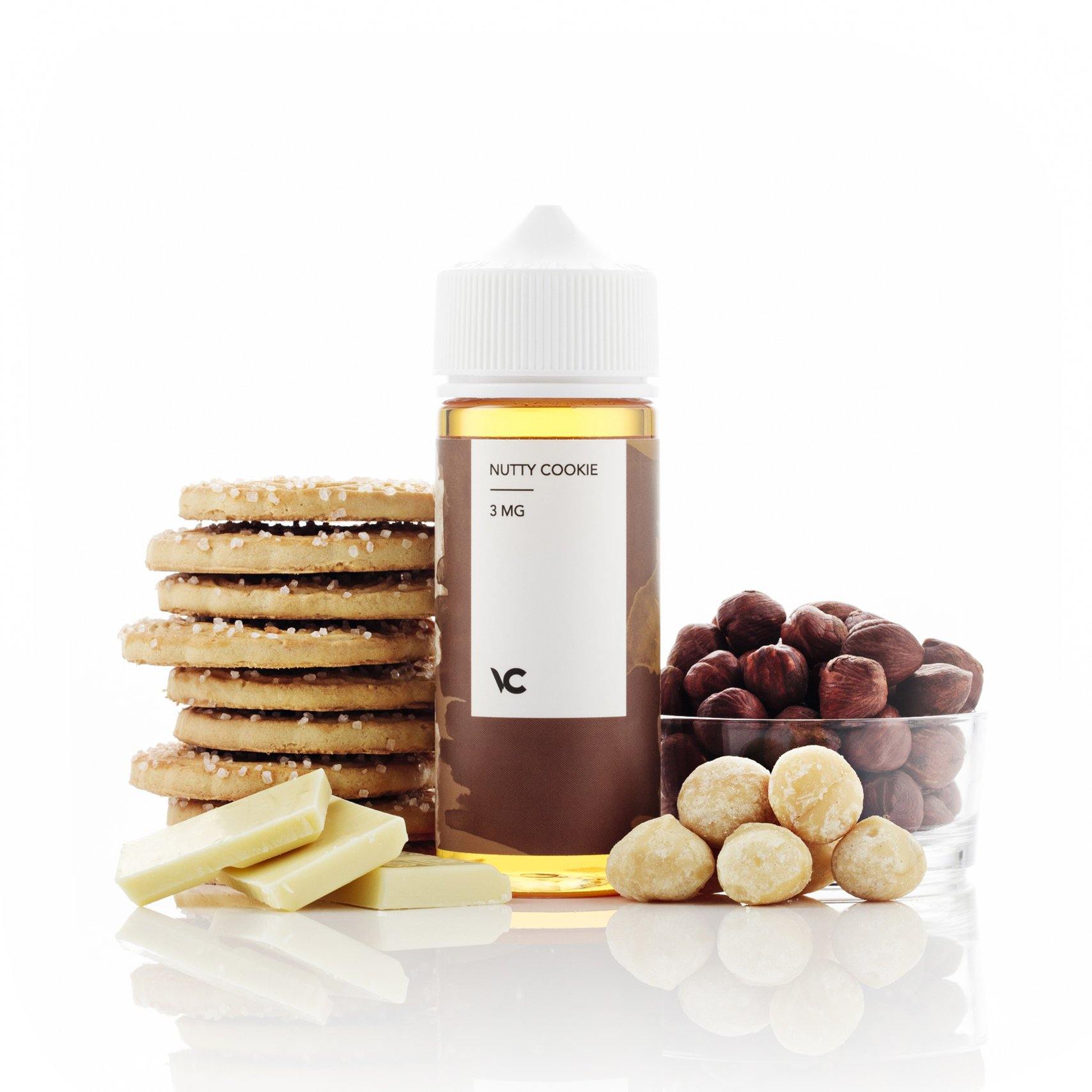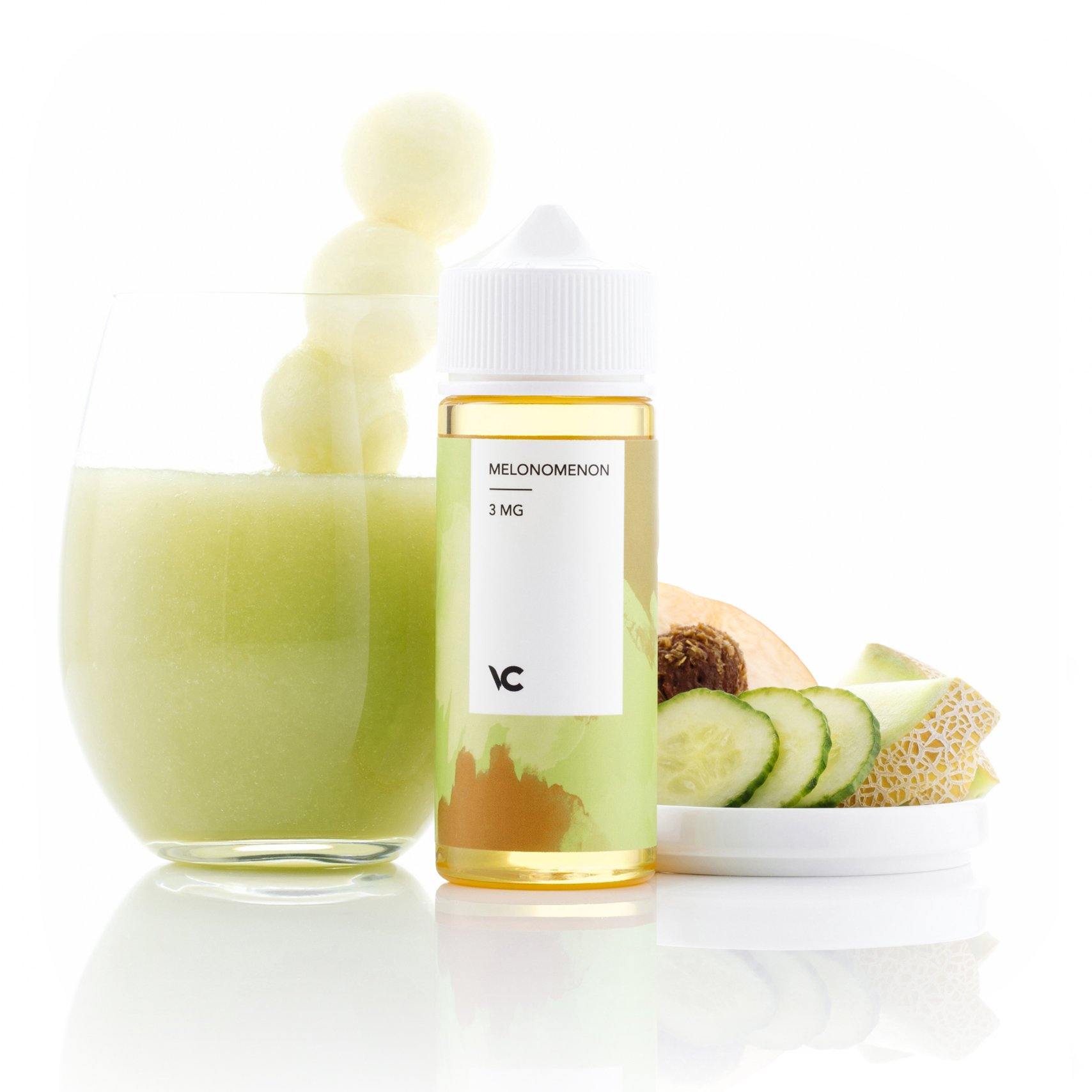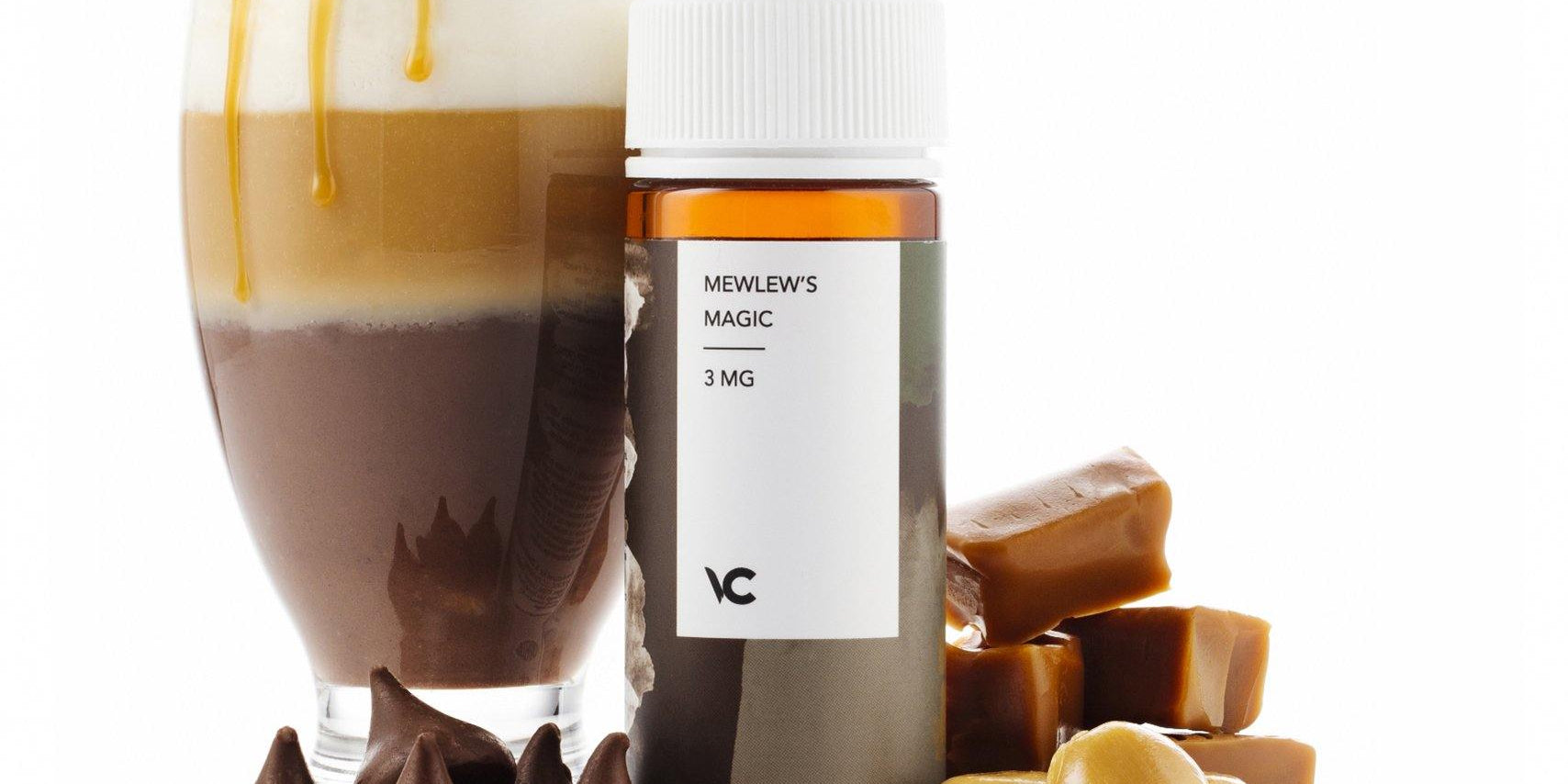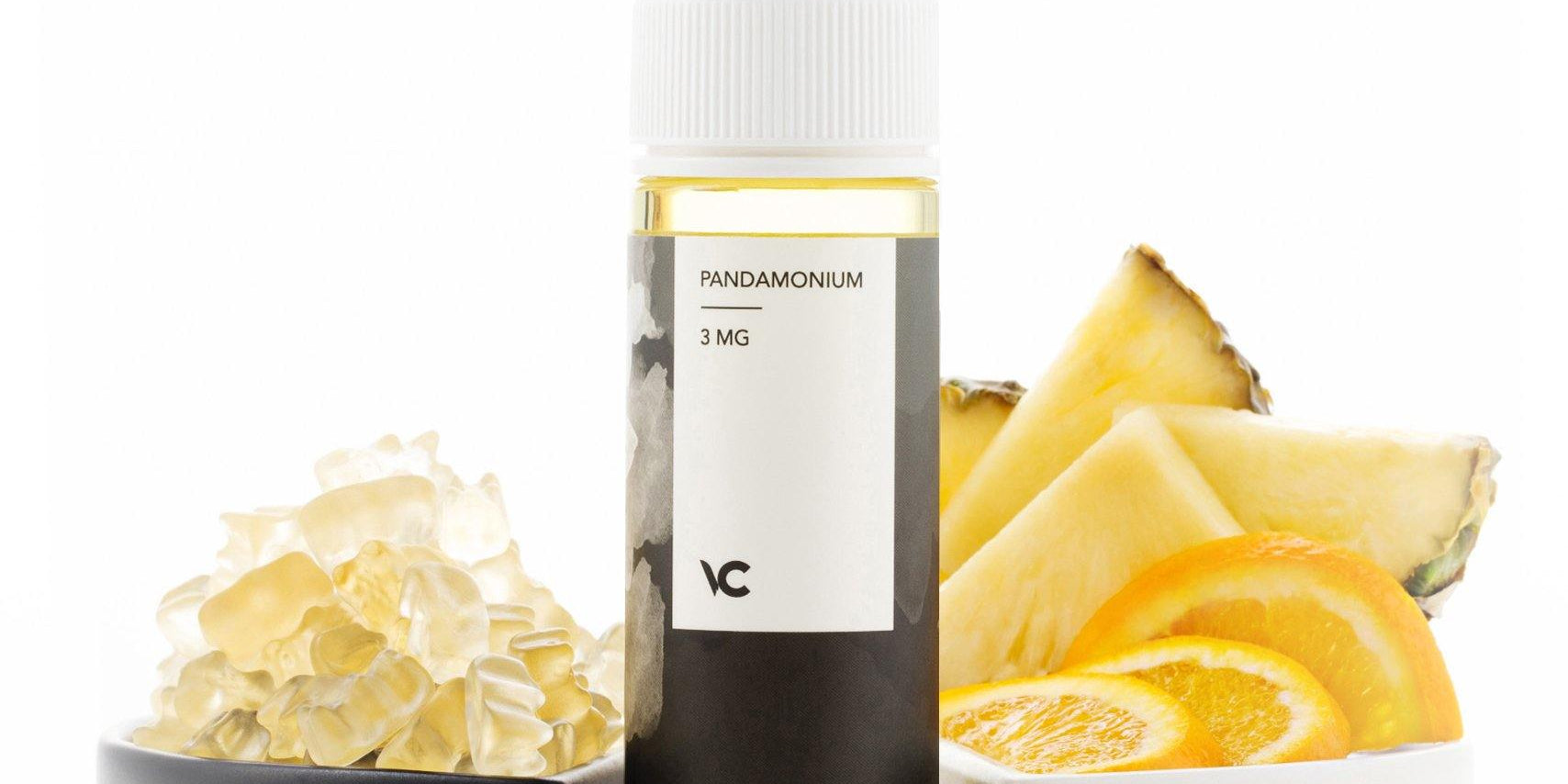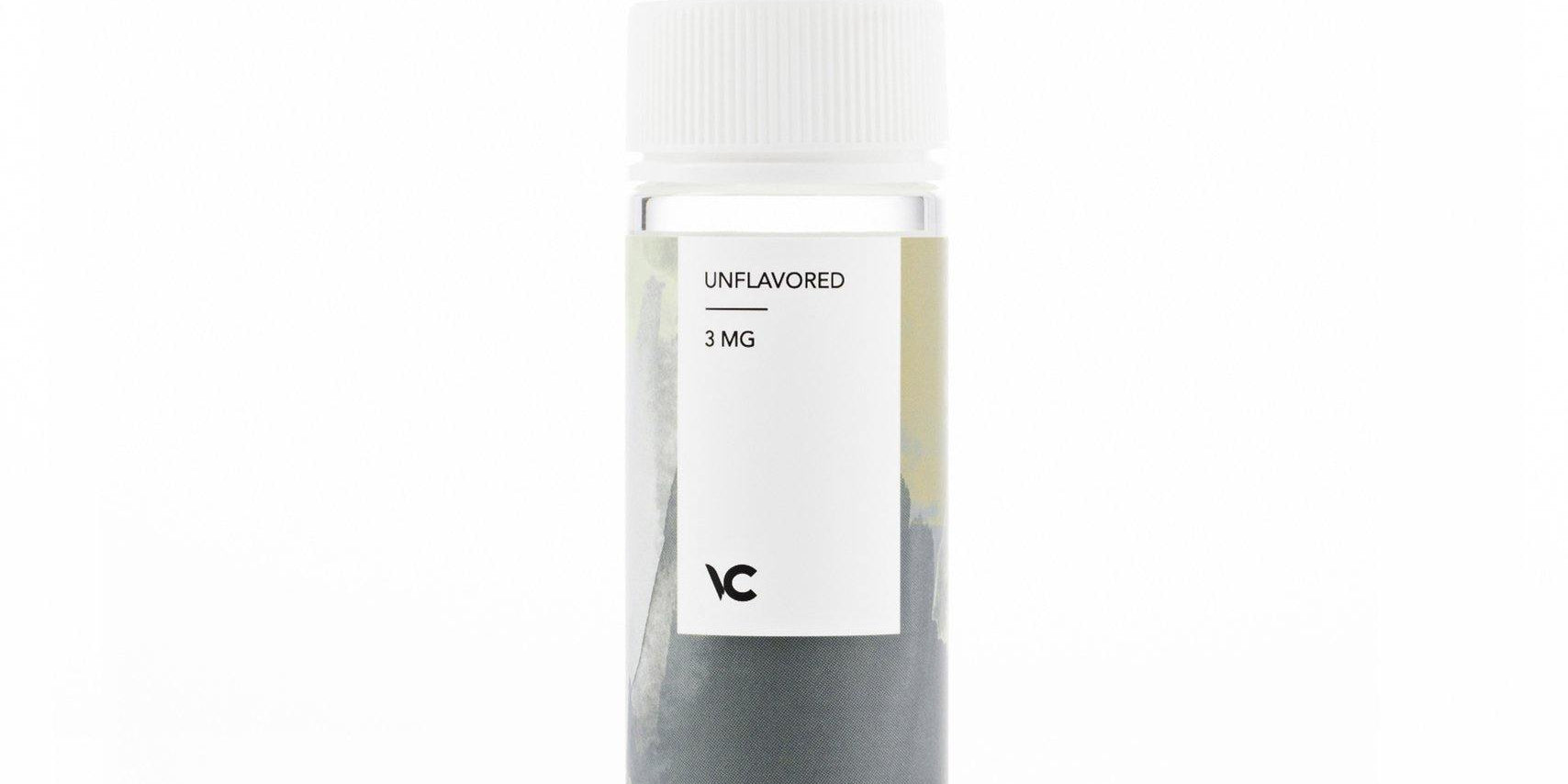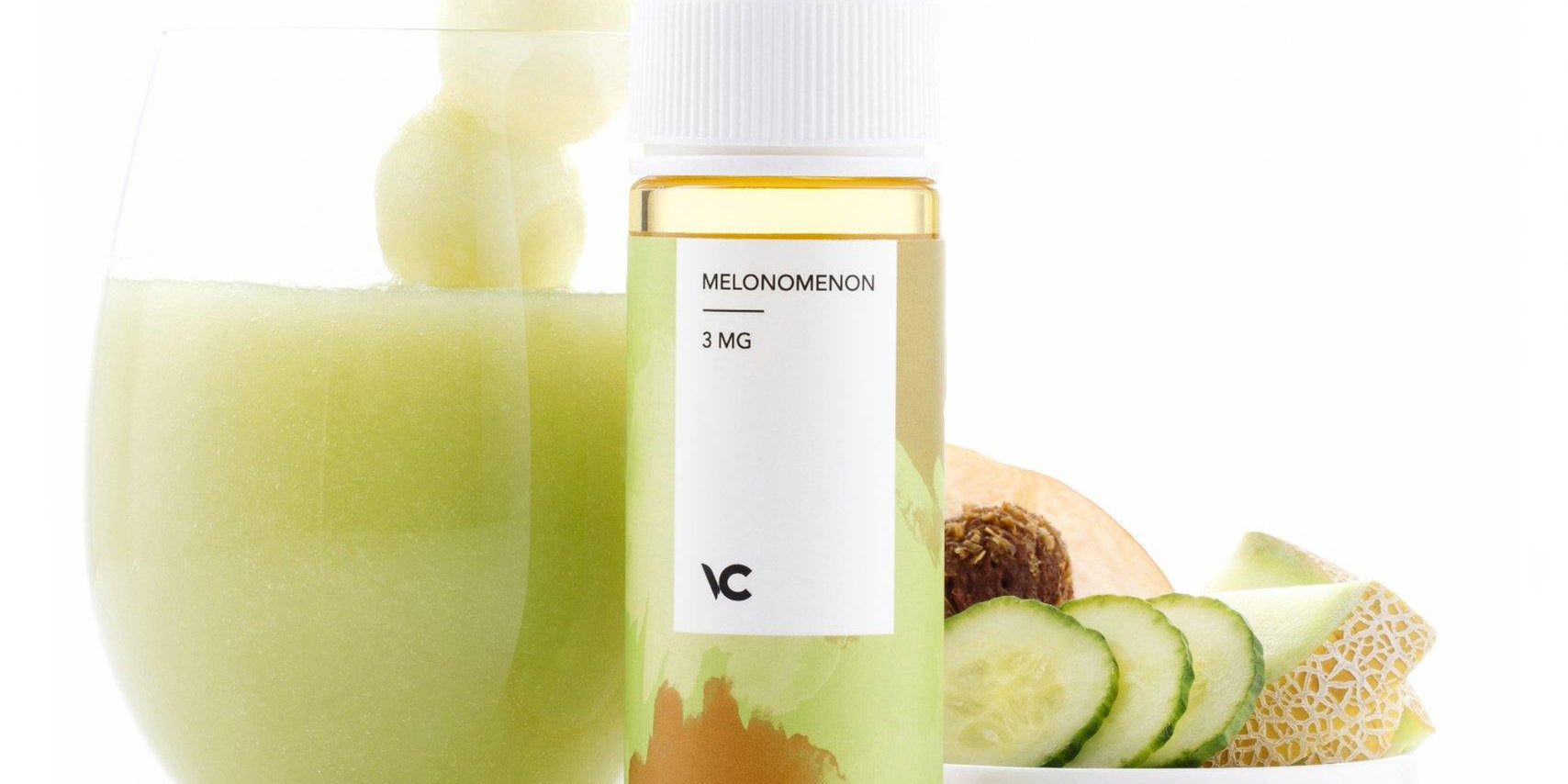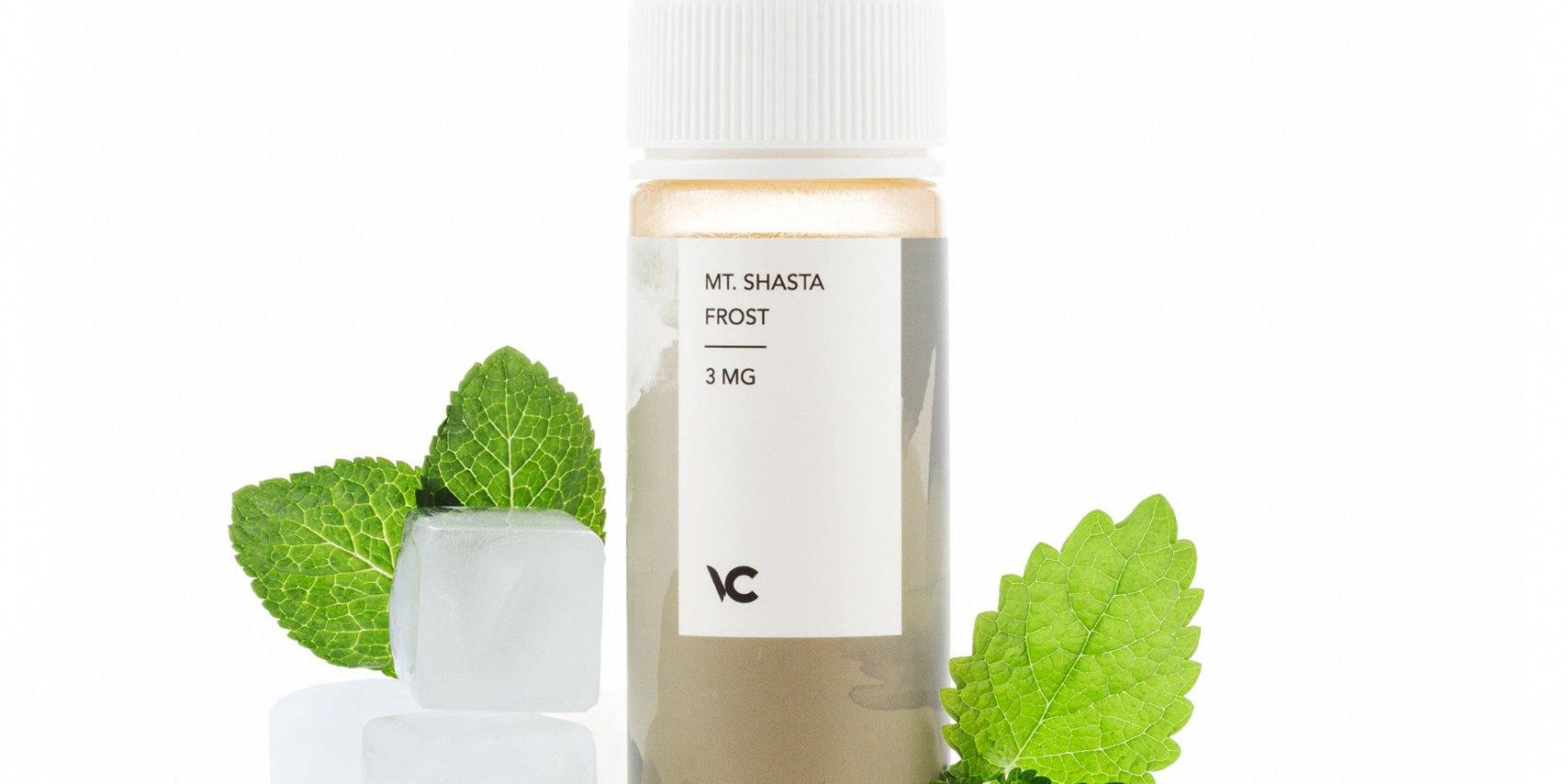Are vape clouds turning into a storm of discomfort? Itchy skin, wheezing, or a persistent cough after vaping could signal an allergy or sensitivity to your e-liquid. Adverse reactions are uncommon, but they can happen. Vape juice ingredients like propylene glycol, vegetable glycerin, and flavorings are usually to blame.
Let's explore the causes, identify the symptoms, and learn how to manage and prevent vaping reactions so you can vape safely and comfortably.
What Causes Allergies to Vape Juice? Common Allergens
An allergy to vape juice occurs when your immune system mistakenly identifies a harmless substance in the e-liquid as a threat. In response, your body produces antibodies, which can trigger allergic reactions.
An allergy to vape juice usually comes from specific ingredients:
- Propylene Glycol (PG): PG is a common base ingredient in vape juice that helps create the vapor. While generally considered safe, PG is a known irritant that can cause issues for people prone to allergies.
- Vegetable Glycerin (VG): VG is another base ingredient used in vape juice. It's thicker than PG and produces denser clouds of vapor. Although less common, VG can also be an allergen for some people.
- Flavorings: Vape juices use flavorings, which contain numerous potential allergens. These can include natural and artificial flavors derived from fruits, nuts, spices, and other sources.
- Nicotine: Nicotine itself is not typically an allergen. However, it can contribute to irritation and sensitivities, particularly at higher concentrations.
Symptoms of an Allergy to Vape Juice
You might experience various symptoms if you have an allergy to vape juice, depending on the severity of the reaction. Common symptoms include:
- Respiratory issues: Coughing, wheezing, and shortness of breath are typical signs of an allergic reaction. These symptoms can mimic asthma or other respiratory conditions.
- Skin reactions: You might develop rashes, hives, or other skin irritations, especially around your mouth and nose, where the vapor contacts your skin.
- Throat and mouth irritation: A scratchy throat, sore throat, or mouth ulcers often appear soon after vaping and can persist if you continue.
- Gastrointestinal symptoms: Severe cases might lead to nausea, stomach discomfort, and vomiting.
- Generalized symptoms: Fatigue, dizziness, or lightheadedness might also occur as part of an allergic reaction.
If these symptoms occur consistently after vaping, you may have an allergy to vape juice.
Vape Juice Allergies vs. Sensitivities
Vape juice allergies happen, but sensitivities to ingredients are much more common.
Unlike allergies, which trigger an immune system response, sensitivities do not involve the immune system in the same way. Instead, sensitivities are reactions that occur when your body has difficulty tolerating a substance for reasons like metabolic differences, enzyme deficiency, and chemical sensitivity. Intolerance leads to irritation or discomfort without engaging your immune system.
Sensitivities are often dose-dependent, meaning the severity of your symptoms increases with the amount of exposure to the irritant. So, the more you vape, the more likely you are to experience symptoms. This dose-response relationship explains why some vapers might be okay with occasional vaping but develop symptoms when they vape more frequently or use stronger concentrations of the substance.
In an E-cigarette Direct survey, approximately 21.7% of vapers reported mild sensitivity to PG, manifesting as a dry throat, slight irritation in the respiratory tract, or a feeling of dehydration. In contrast, only about 2% of vapers reported true allergic reactions to PG.
How to Identify and Test for Vape Juice Allergies
If you suspect you have an allergy to vape juice, start by paying close attention to your symptoms. Allergic reactions typically include severe symptoms like itching, hives, swelling around the mouth or throat, difficulty breathing, or intense coughing. In contrast, sensitivities usually manifest as milder issues such as throat irritation, dryness, or a mild cough.
To determine if your vape juice is the cause, note when your symptoms occur. If they consistently appear after vaping and improve when you stop, your vape juice might be the trigger. Consider any recent changes, such as switching e-liquids or increasing your vaping frequency, as these could be contributing factors.
For a definitive diagnosis, consult a healthcare professional. They might recommend allergy testing, like patch tests and blood tests.
- Patch Tests identify specific allergens by applying small amounts of potential irritants to your skin.
- Blood Tests measure your immune response to particular allergens, helping confirm if you have an allergy.
Managing and Preventing Allergic Reactions
Managing an allergy to vape juice involves avoiding triggers and treating symptoms.
Start by testing different VG/PG ratios to determine which ingredient might be causing your reactions. If you suspect propylene glycol (PG) is the issue, switch to a vape juice with a higher vegetable glycerin (VG) content or even a pure VG option. Conversely, if VG seems to be the problem, try a juice with a higher PG ratio.
Additional steps to prevent allergies and sensitivities include:
- Choose High-Quality E-Liquids: Opt for vape juices from reputable brands that use premium ingredients, minimizing the risk of exposure to contaminants that might trigger reactions.
- Limit Flavorings: Flavoring agents can sometimes cause irritation or allergic reactions. Select e-liquids with fewer or simpler flavors, or consider unflavored vape juice.
- Stay Hydrated: Vaping, especially with PG-based liquids, can lead to dehydration. Drinking plenty of water helps keep your throat and mouth moist, reducing the likelihood of irritation.
- Monitor Nicotine Levels: High nicotine concentrations can intensify throat hit and irritation. If discomfort persists, try lowering the nicotine level in your vape juice.
- Practice Proper Vaping Technique: Avoid taking long or forceful inhales, as these can aggravate your throat. Find a comfortable inhalation technique that minimizes irritation.
Alternative Options for Those with Vape Juice Allergies
If you have an allergy to vape juice, consider alternative nicotine delivery methods and formulas to avoid the substances that trigger your symptoms. One of the most straightforward alternatives is switching to nicotine replacement therapies (NRTs) like patches, gum, or lozenges. These options provide nicotine without the risk of exposure to allergens found in vape juice, such as propylene glycol (PG), vegetable glycerin (VG), or certain flavorings.
If you prefer to vape but want to avoid allergens, consider the following strategies:
- DIY E-Liquids: Creating your own vape juice allows you to control exactly what goes into your e-liquid, avoiding allergens and potentially harmful additives. Use high-quality, food-grade ingredients, and follow safety guidelines when mixing your own e-liquid to ensure a safe vaping experience.
- Consider Herbal Vaporizers: Consider herbal vaporizers for an alternative approach. These devices vaporize plant material, including tobacco, which is the natural source of nicotine. Vaporizing tobacco allows you to continue using nicotine without the need for e-liquids and their potential allergens. You might also consider using herbs like lavender, chamomile, and peppermint for their flavors and relaxing effects.
- Nicotine Salts: Nicotine salts might be an option if you're looking for a smoother throat hit. Nicotine salts offer a smoother alternative to freebase nicotine, which you’ll find most commonly in e-liquids. Unlike freebase nicotine, nicotine salts are derived directly from tobacco leaves and are more easily absorbed by the body, allowing you to vape higher levels without the harsh throat hit.
Conclusion
An allergy to vape juice or sensitivity to its ingredients can make vaping uncomfortable and in rare cases harmful. To ensure a safe experience, you need to understand your symptoms, identify the causes, and take steps to manage your reactions effectively. Adjusting your vape juice, switching to alternatives, and consulting a healthcare professional are just a few examples. If you suspect you have an allergy to vape juice, take action right away.

